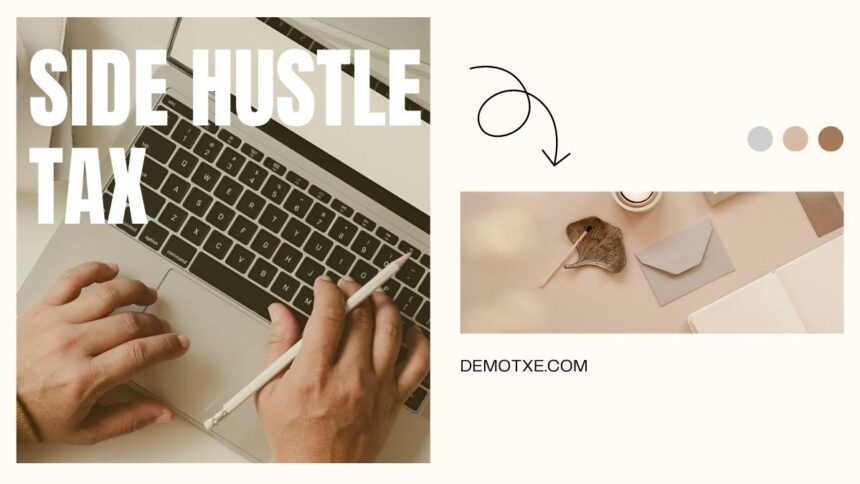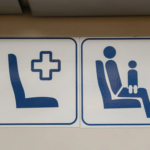Introduction
If you’re juggling a side hustle alongside your main job, you’re not alone. Millions of people are picking up extra gigs to boost their income. But while the extra cash flow is nice, it comes with an important responsibility of paying taxes on that income. Whether you’re freelancing, driving for a rideshare, or selling handmade crafts online, understanding side hustle tax is crucial to avoid unwanted surprises from the IRS. Let’s dive into what you need to know to stay on top of your side hustle tax.
What Are Side Hustle Tax?
Side Hustle Tax charges allude to the assessments you should pay on pay acquired from any gig, independent work, or part-time business beyond your principal work. This pay is frequently classified as “independent work pay” by the IRS, and it is dealt with uniquely in contrast to pay procured from conventional work. In contrast to regular work, where expenses are consequently kept from your check, you should track and report second job pay, and that implies you want to keep steady over things to keep away from punishments.
Do You Have to Pay Taxes on a Side Hustle?
Yes, if you’re earning income from a Side Hustle Tax, it’s taxable. Even if you’re just doing small gigs or selling a few items online, that income is likely taxable if it exceeds $400 annually. Many people mistakenly believe that if they don’t make a lot of money, they don’t have to report it. Unfortunately, the IRS expects you to report all income, no matter how small if it falls under self-employment income.
How the IRS Views Side Hustle Tax Income
One significant qualification the IRS makes is whether your part-time job is a side interest or a business. If it’s a leisure activity, you might have to report pay, yet the expense suggestions are less extreme than if delegated to a company. On the off chance that you’re working with the expectation to create a gain, you’re viewed as independently employed. This order implies you’ll be liable for annual expenses as well as independent work charges.
What is Self-Employment Tax?
Self-employment tax includes Social Security and Medicare taxes. When you work for an employer, these taxes are split between you and the company. But when you run your own business even on the side you’re responsible for both the employer and employee portions. In 2023, the self-employment tax rate is 15.3%. This Hustle Tax applies to your net earnings, meaning after you subtract business expenses.
Types of Side Hustle Tax You May Owe
Here’s a breakdown of the common taxes you may owe from your side hustle:
- Federal Income Tax: This is based on your total income, including your side hustle and full-time job earnings.
- State Income Tax: Depending on where you live, you may owe state taxes on your side hustle income.
- Self-Employment Tax: As mentioned, this is 15.3% of your net earnings and covers Social Security and Medicare.
How to Track Your Side Hustle Income and Expenses
Keeping accurate records is essential for side hustlers. Every dollar you earn must be tracked, and you’ll need to document all business-related expenses to take advantage of tax deductions. Several apps like Side Hustle Tax, FreshBooks, and Wave can simplify the process of managing your income and expenses.
Deductions for Side Hustlers
One perk of having a Side Hustle Tax is the ability to claim deductions. Some common ones include:
- Home Office Deduction: If you use part of your home exclusively for your side business, you can claim a portion of your rent or mortgage.
- Vehicle and Mileage Deduction: If you use your car for your side hustle, you may be able to deduct mileage and related expenses.
- Quarterly Taxes: What You Need to Know
When you have a side hustle, the IRS expects you to pay taxes on that income throughout the year, not just at tax time. These are called quarterly estimated taxes. You’ll need to estimate how much you owe and make payments every quarter.
Filing Your Taxes as a Side Hustler
At tax time, you’ll file a Form 1040 along with a Side to report your side hustle income and expenses. If you have more than one side hustle, you’ll need to file a Schedule C for each one. Additionally, self-employment tax is calculated using Schedule SE.
What Happens If You Don’t Pay Side Hustle Tax?
Failing to report side hustle income can result in hefty fines and penalties. The IRS can also add interest to the taxes you owe, making it a costly mistake. Avoid these issues by keeping detailed records and staying proactive about your taxes.
How to Reduce Your Side Hustle Burden
There are legal ways to reduce your tax burden, such as maximizing deductions and ensuring you claim all eligible tax credits. Hiring a professional or using tax software can help you find the best strategies to lower your taxes.
Side Hustle Taxes and Full-Time Jobs
If you have both a full-time job and a side hustle, your tax situation gets a bit more complex. Your income is added on top of your salary when calculating your total tax liability, so be prepared for a higher tax bill.
Seeking Professional Help
On the off chance that dealing with your second job charges feels overpowering, you should consider recruiting a duty proficient. Side Hustle Tax can assist you with keeping away from botches, guaranteeing you’re asserting all qualified derivations, and even setting aside your cash over the long haul.
Conclusion
Understanding the Side Hustle Tax implications of your side hustle is essential for staying compliant with the law and maximizing your income. By keeping accurate records, understanding deductions, and staying on top of quarterly payments, you can avoid headaches and ensure you’re prepared for tax time.













